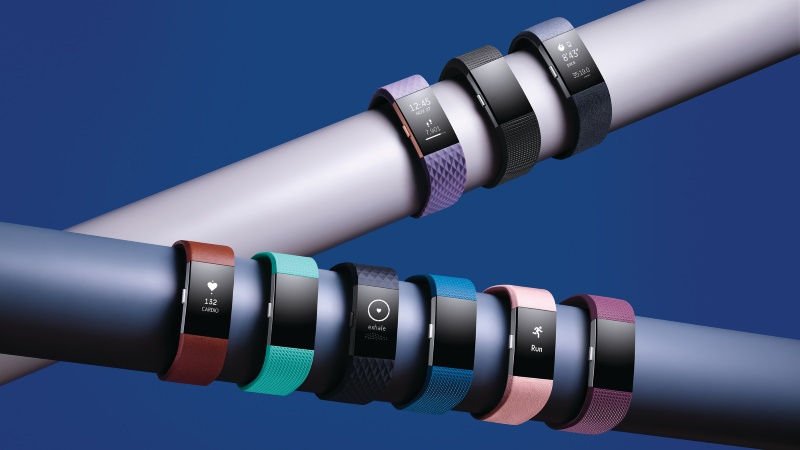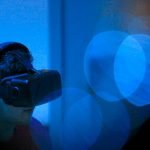
The global market for “wearable” computing such as fitness-trackers, smartwatches, and software-infused ear pieces is growing strong, according to figures release Thursday by International Data Corporation.
Shipments of such gadgets hit a new quarterly high of 33.9 million units in the final three months of last year, and were up 25 percent to 102.4 million for the entire year, according to an IDC Worldwide Wearable Device Tracker report.
The market is growing strong as devices evolve from serving singular purposes such as tracking how far a wearer walks to gathering more detailed health data and even having telecommunications service connections instead of relying on being synced to smartphones, the report indicated.
“Health and fitness remains a major focus, but once these devices become connected to a cellular network, expect unique applications and communications capabilities to become available,” IDC wearables research manager Ramon Llama said in the report.
“This will also solve another key issue: freeing the device from the smartphone, creating a standalone experience.”
New contenders, including companies known for fashion or with specialities such as baby monitoring, are entering a market with established major players such as Apple and Google, according to the reports.
“With the entrance of multiple new vendors with strengths in different industries, the wearables market is expected to maintain a positive outlook, though much of this growth is coming from vendor push rather than consumer demand,” said IDC senior research manager Jitesh Ubrani.
Improving shipments of ear-worn devices, referred to in the report as “hearables,” and clothing with sensors woven in, while still relatively tiny, showed promise that the market is becoming about more than just wrist-worn devices, according to IDC.
Fitbit continued to dominate, losing ground but holding on to 19.2 percent of the market in the final quarter of last year, while Xiaomi’s “relentless growth” nearly doubled its share to 15.2 percent.
Apple was in third place with its smartwatch, which “proved to be a magnificent success for the company” and accounted for 13.6 percent of the market during the quarter, according to IDC.










